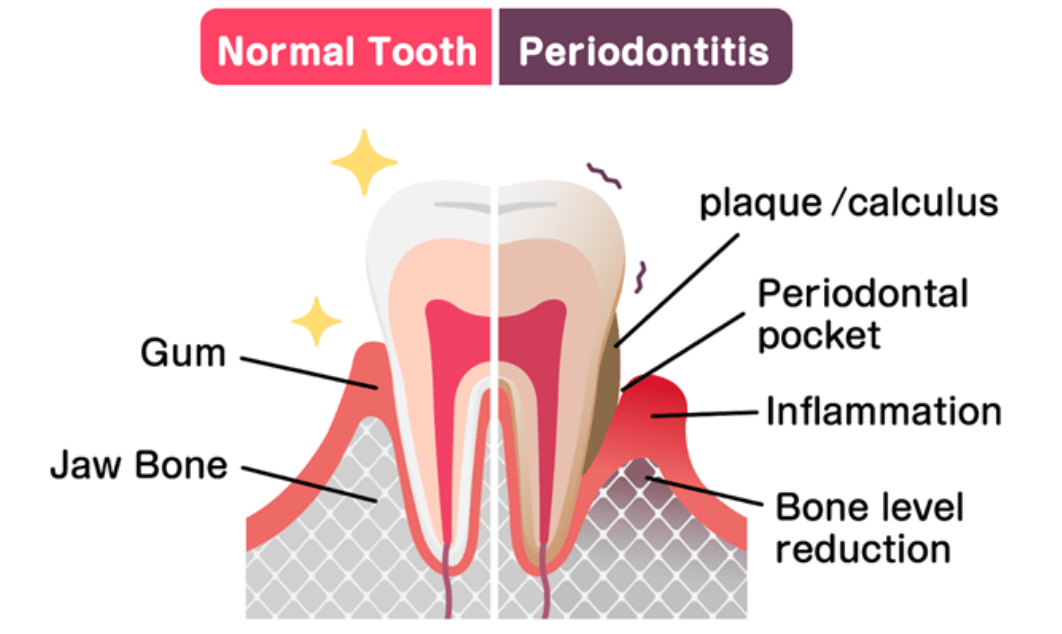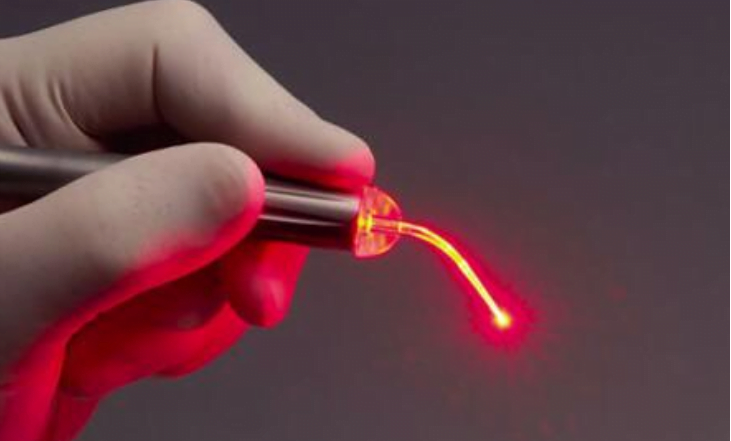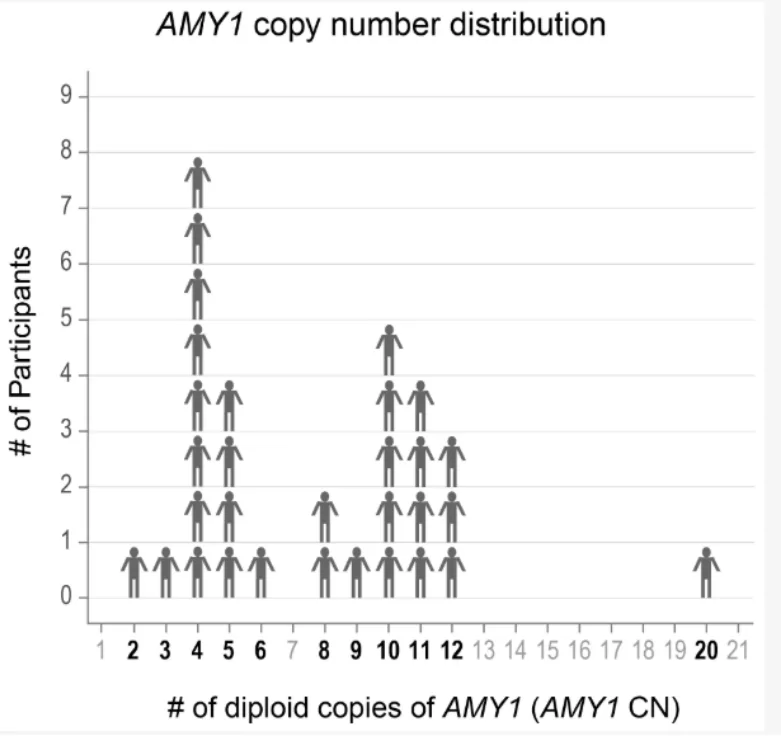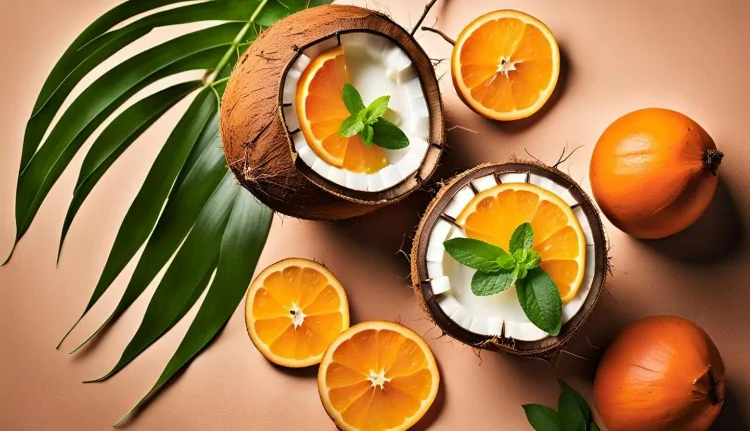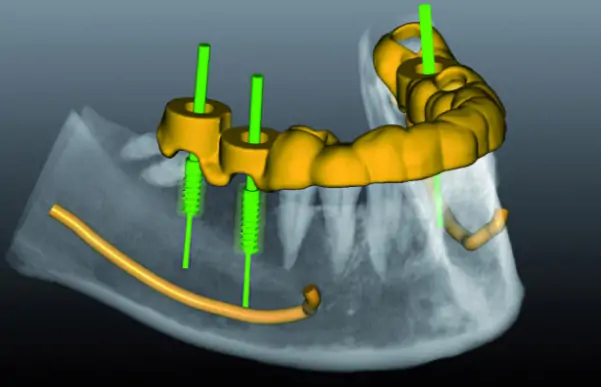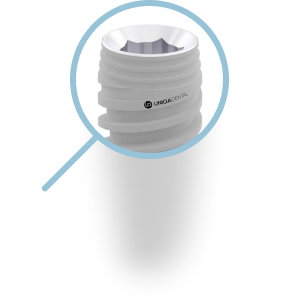Does the method of irrigation and the use of a 980 nm laser in endodontic treatment affect postoperative pain
This study aimed to compare the effectiveness of different irrigation methods in the endodontic treatment of lower permanent molars. We conducted a randomized controlled trial with eighty patients who were randomly divided into four groups.
The patients received treatment from an experienced endodontist over two sessions. The following irrigation methods were used:
- Traditional root canal irrigation.
- Irrigation activation using sound. The solution in the root canal is agitated, allowing for better removal of pulp remnants.
- Irradiation with a 980 nm diode laser and traditional irrigation.
- Irradiation with a 980 nm diode laser and irrigation activation using ultrasonic.
The level of pain was then assessed after the procedure at 8 hours, 24 hours, 48 hours, and 7 days following access and chemomechanical preparation on the first visit.
Patient Selection
Eighty patients seeking treatment at the Biruni University Endodontics Department participated in the study. Healthy adult patients experiencing moderate to severe pain (self-rated from 4 to 10 on a pain scale of 0 to 10) at the start of treatment, as well as patients diagnosed with symptomatic apical periodontitis and a negative cold test for the lower molar, were selected.
Data Analysis
Qualitative data was analyzed using a chi-square test, Fisher’s exact chi-square test, and Fisher-Freeman-Halton exact test. The Kruskal-Wallis test and Wilcoxon test were used to assess inter-group and intra-group parameters.
Results
The study showed that patients in all groups experienced a statistically significant reduction in pain levels after the procedure. However, different irrigation methods did not lead to statistically significant differences in pain levels. There were also no statistically significant differences based on gender or age. Statistical significance was achieved at p < 0.05.
Conclusions
The use of sound activation of irrigation and irradiation with a 980 nm diode laser did not result in a significant reduction in postoperative pain in adult lower permanent molars during endodontic treatment compared to traditional irrigation methods. Thus, the claim that sound activation of irrigation and laser application reduces postoperative pain was not confirmed. However, this does not mean that these methods are ineffective in improving root canal disinfection. This issue requires further investigation.

